Next to air, water is the most important element for the preservation of life. Water is a finite commodity that if not managed properly will result in shortages in the near future. Water conservation can go a long way to help curb these impending shortages. We have all heard the warnings, the radio and television ads begging us to use non-portable water to flush our toilets, seen the electronic sign boards posted all over our national highways begging us to save water and updating us on the rapidly decreasing and utterly shocking water-levels in our country’s biggest dams.
But what are you doing to help our country and your region to save water? By providing you with practical water-saving tips you can use every day we aim to take the hassle out of water saving and ensure that there is not one single individual left who can say they did not know how they could really save water, or they did not know how they could really help.
Knowledge is power and therefore allows us to educate you, and equip you with the simplest, easiest, and most effective ways to save water and thereby even save lives.
Great ways to save water.
1. Check your toilet for leaks.
Put a few drops of food coloring in your toilet tank. If without flushing, the coloring begins to appear in the bowl, you have a leak that may be wasting more than 100 gallons of water a day.
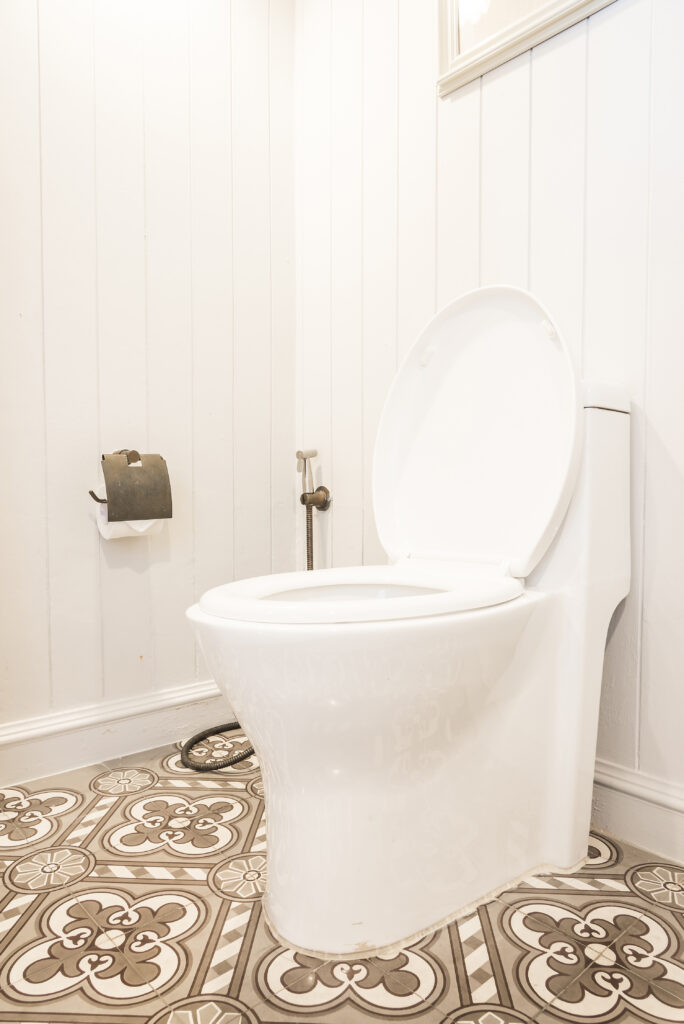
2. Stop using your toilet as an ashtray or wastebasket.
Every cigarette butt or tissue you flush away also flushes away five to seven gallons of water.
3. Put a plastic bottle in your toilet tank.
Put an inch or two of sand or pebbles in a one-liter bottle to weigh it down. Fill the rest of the bottle with water and put it in your toilet tank, safely away from the operating mechanism. In an average home, the bottle may save five gallons or more of water every day without harming the efficiency of the toilet. If your tank is big enough, you may even be able to put in two bottles.
4. Take shorter showers.
A typical shower uses five to ten gallons of water a minute. Limit your showers to the time it takes t soap up, wash down and rinse off.
5. Install water-saving shower heads or flow restrictors.
Your hardware or plumbing supply store stocks inexpensive shower heads or flow restrictors that will cut your shower flow to about three gallons a minute instead of five to ten. They are easy to install, and your showers will still be cleansing and refreshing.
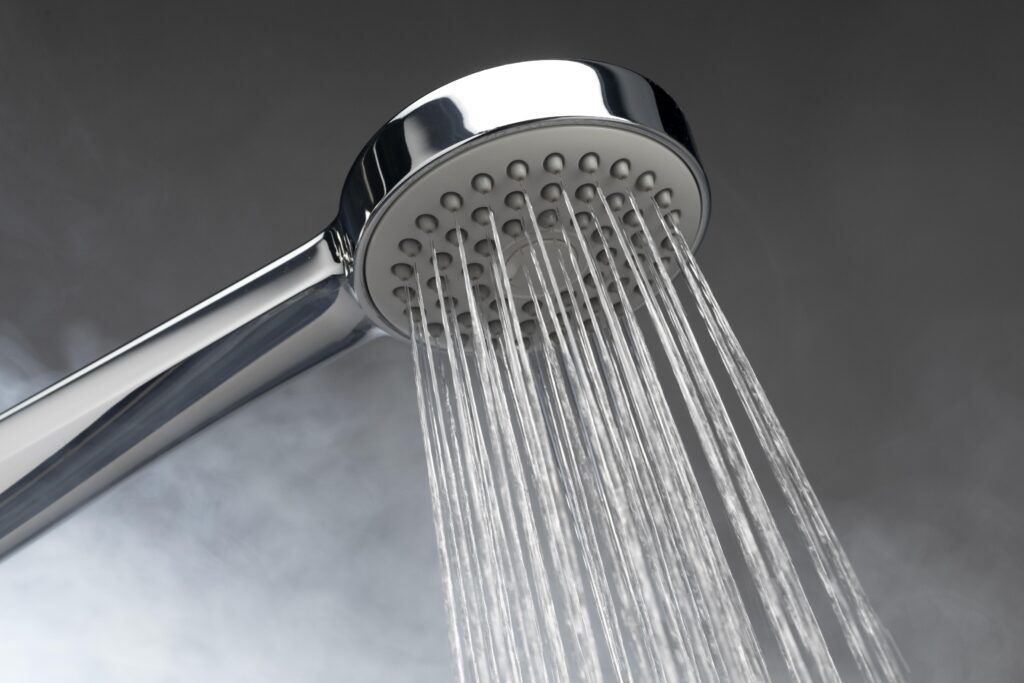
6. Water your lawn only when it needs it.
Watering on a regular schedule does not allow for cool spells or rainfall which reduces the need for watering. Step on some grass. If it springs back up when you move your feet, it does not need water.
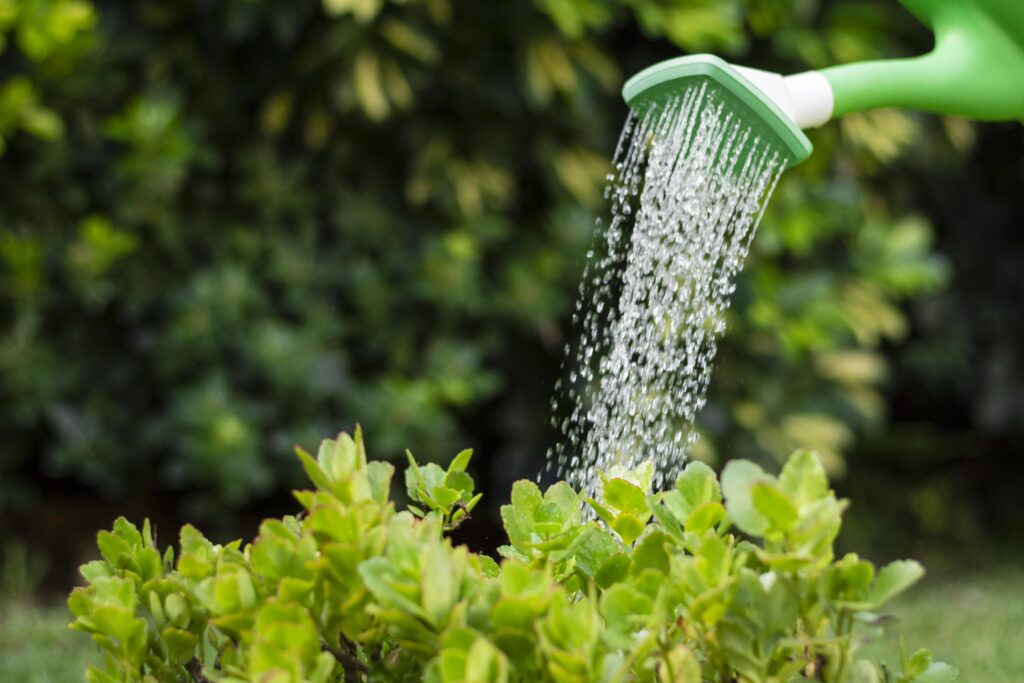
7. Turn off the water while brushing your teeth and while shaving.
Before brushing, wet your brush and fill a glass for rinsing your mouth. Also, fill the bottom of the sink with a few inches of warm water in which to rinse your razor.
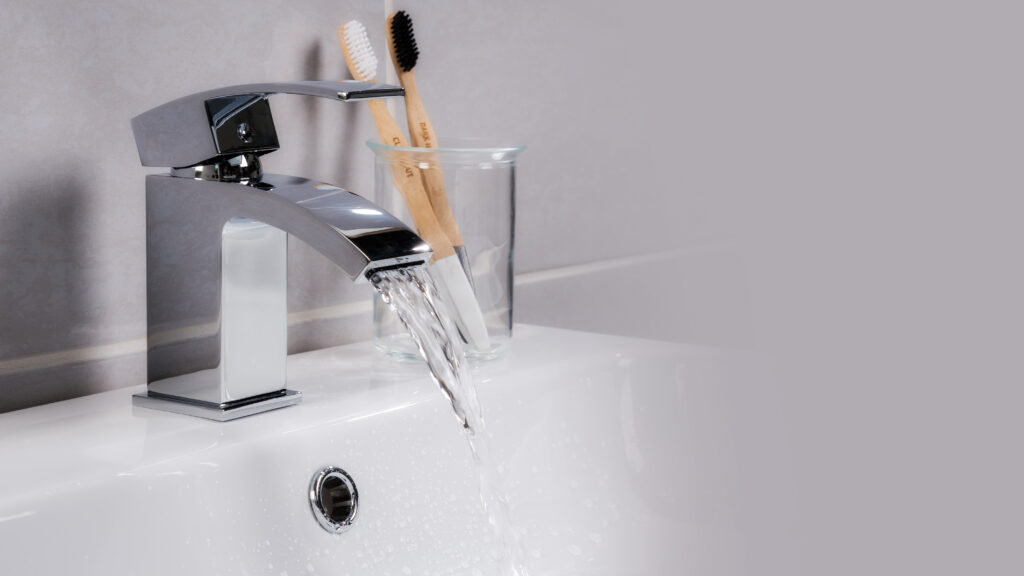
8. Keep a bottle of drinking water in the refrigerator.
This puts a stop to the wasteful practice of running tap water to cool it for drinking.
9. Check faucets and pipes for leaks.
Leaks waste water 24 hrs a day, seven days a week. An inexpensive washer is usually enough to stop them.
10. Plant drought-resistant trees and plants.
Many beautiful trees and plants thrive without irrigation.
11. Dishes and laundry water can be used again.
There are many ways to save water in and around the kitchen and laundry room. One of the quickest ways to save water is by capturing the “warm up” water when you wash dishes or do any of your hand washing in the laundry. This can be easily achieved by placing a bowl or bucket under the tap while you let the water run to warm up. The “warm up” water can then be used to rinse dishes or clothing or can be used to water a plant, flush a toilet, or even be put in the fridge and kept as a cool, refreshing drink after hard work has been done.

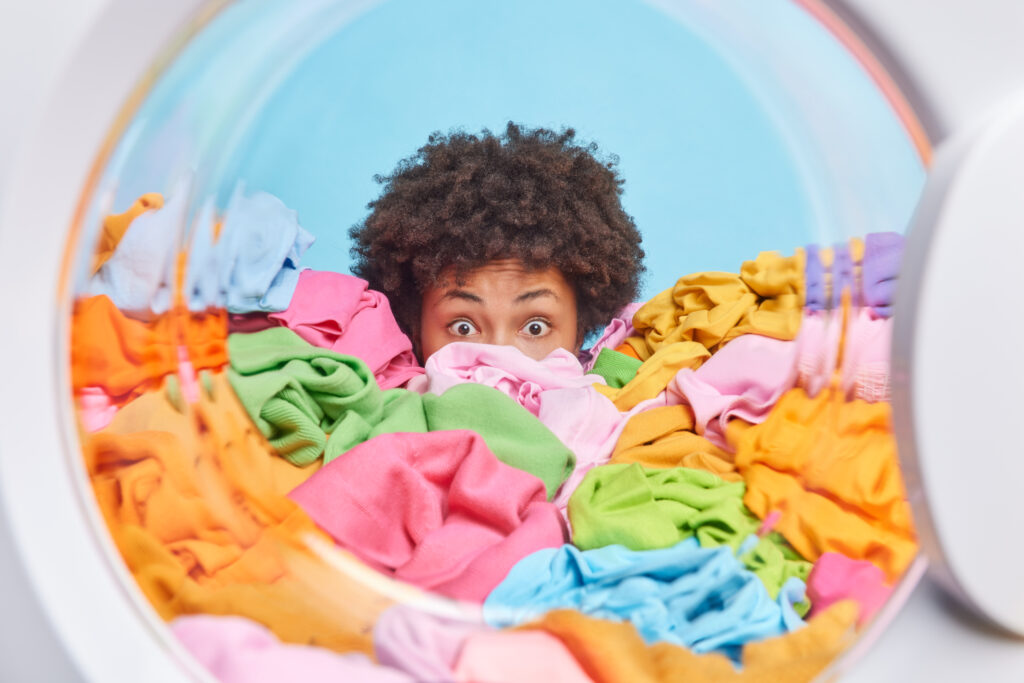
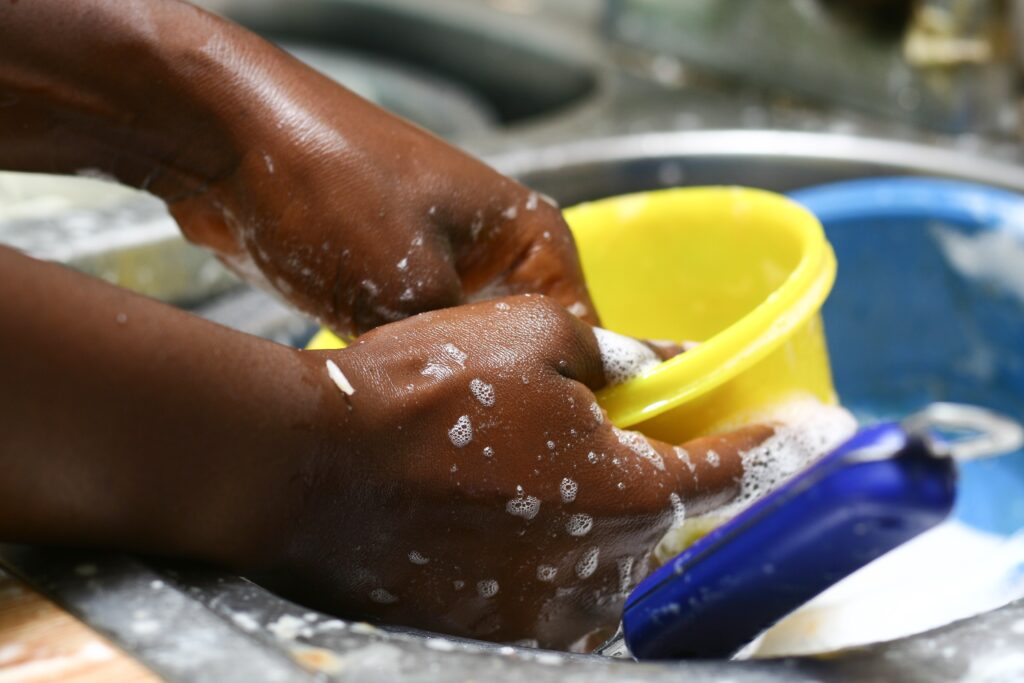
12. Save your laundry until you have a full load.
Another way to save water is to do fewer loads of laundry and the best way to do this is to only do the washing when you have a full load. Save up your laundry until you have enough to wash.

